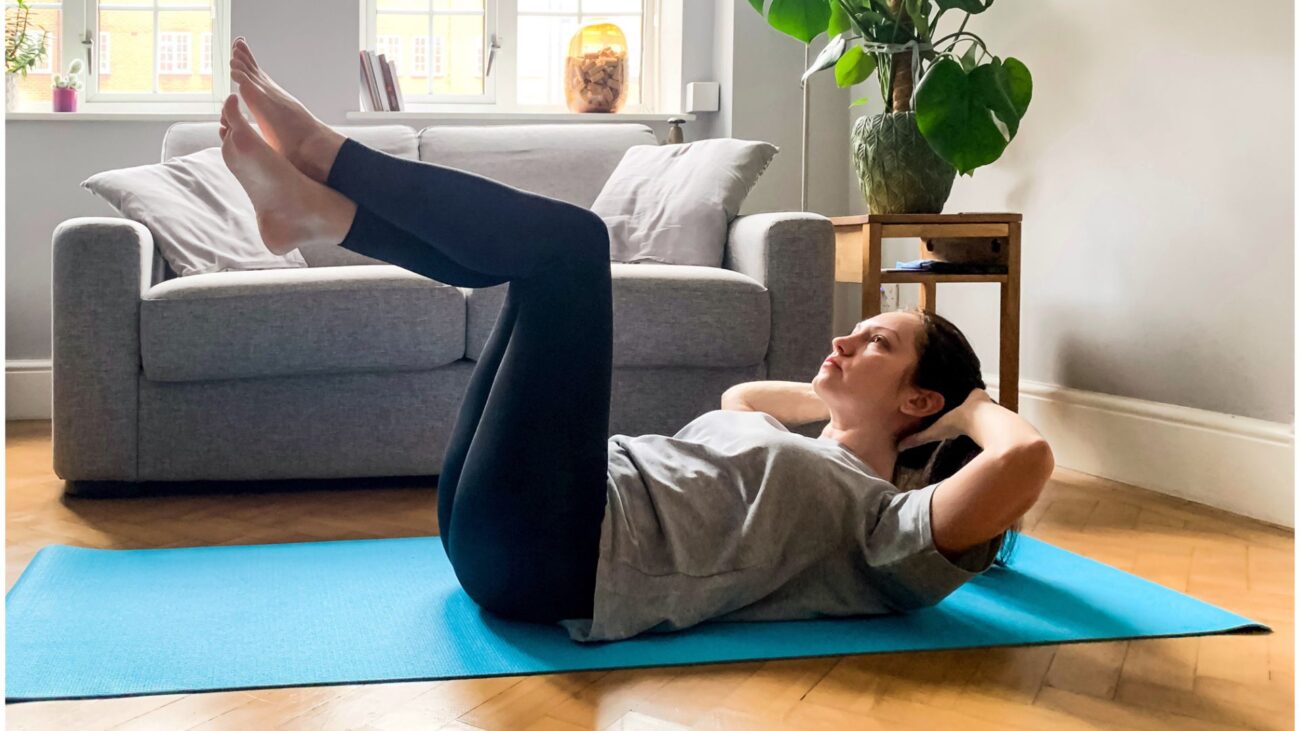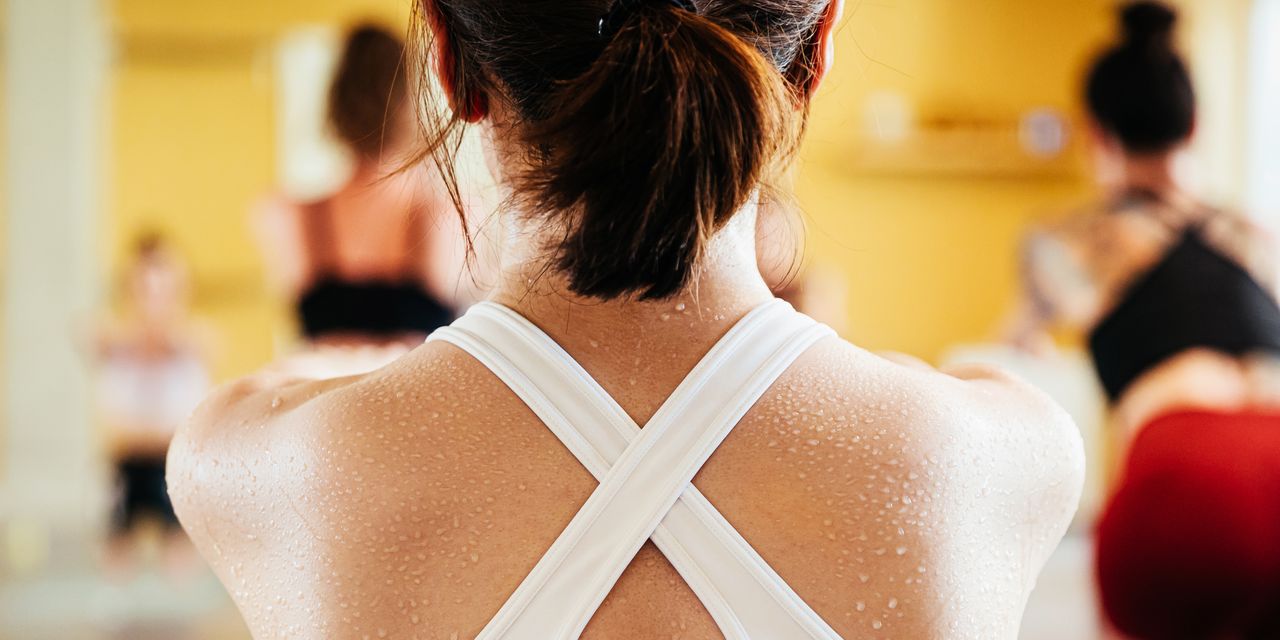Blog
Who needs weights? I’m a personal trainer, and this 3-move bodyweight workout boosts core stability and builds strength all over

Take three simple bodyweight exercises that are beginner-friendly and set a 15-minute timer. I can make you sweat and fatigue muscles from head to toe while building you a stronger, more stable core — and you don’t need a set of weights in your sights.
As a trainer who lives in a small apartment in London, I don’t get to play in a home gym in my spare time, so if I can’t make it to my local gym for any reason, I rely on my own creativity and minimal equipment to keep strong and fit.
If anyone tells you you can’t improve your fitness using your bodyweight, they’re straight up wrong. Bodyweight training and its more advanced version, calisthenics, can improve various aspects of your health, including coordination, balance, stability, strength and cardiovascular fitness. Here’s how to get fitter and stronger without heavy weights.
What are the exercises?
I find that pyramid sets are one of the most effective ways to increase the intensity of any workout that doesn’t involve loading other than your bodyweight. Pyramid sets increase the amount of reps you do for an exercise, then decrease again, working your body to fatigue using volume.
1. Cossack squats
Cossack squats are like a side lunge, but you’ll sit deeper into one leg as you fully extend the other. Even just using your bodyweight is enough to send your core, glutes and legs into burn mode, so you won’t miss the dumbbells for this one.
Cossacks develop lower-body mobility and strength as a primary benefit, but also stretch the adductors, or inner thigh muscles, and improve core stability and overall balance. See if you can sit lower into the squat each time while keeping your chest lifted and back straight.
Here’s how to do the Cossack squat step-by-step.
2. Step-ups
Step-ups are as functional an exercise as can be, strengthening the muscles responsible for walking, jumping, climbing and running. Your quads and glutes do a lot of the work, but your core also works hard to stabilize your hips and torso as you press through one leg at a time to stand.
Working one leg at a time will prevent a leading or stronger side from taking over, too. Again, this exercise is bodyweight, so you won’t build intensity with load.
To make the step-up more challenging, simply increase the height of the step or box. Ensure your knee lifts above hip-height as you position your foot on the step, which means you get plenty of resistance to push through as you drive upward to stand. Remember to alternate legs.
Here’s how to do step-ups, quite literally step-by-step.
3. Deficit push-ups
Deficit push-ups work muscles harder by increasing the range of motion they work through. Creating a deficit means your chest and shoulders must travel further toward the floor, increasing range and upping the intensity on your pecs, shoulders and triceps.
If you prefer, perform these from a kneeling position, but I recommend having the standard push-up (without knees) in the bank for 10 reps first before adding a deficit like push-up bars.
Here’s how to do push-ups step-by-step.
What is the 15-minute bodyweight workout?
Now you know the movements, here’s the workout.
Set a 15-minute timer and ensure your space is set up and ready to go. Start easy and slow with 2 reps per movement; for single-sided exercises like step-ups and Cossack squats, that means 1 rep per side for a total of 2 reps.
On the next round, complete 4 reps per movement, then 6 and so on, increasing by 2 reps per round (and a single rep per side). Continue until you reach the halfway point on your timer, then see if you can make it back down the pyramid before the timer runs out.
Follow Tom’s Guide on Google News to get our up-to-date news, how-tos, and reviews in your feeds. Make sure to click the Follow button.
More from Tom’s Guide
Back to Yoga Mats












